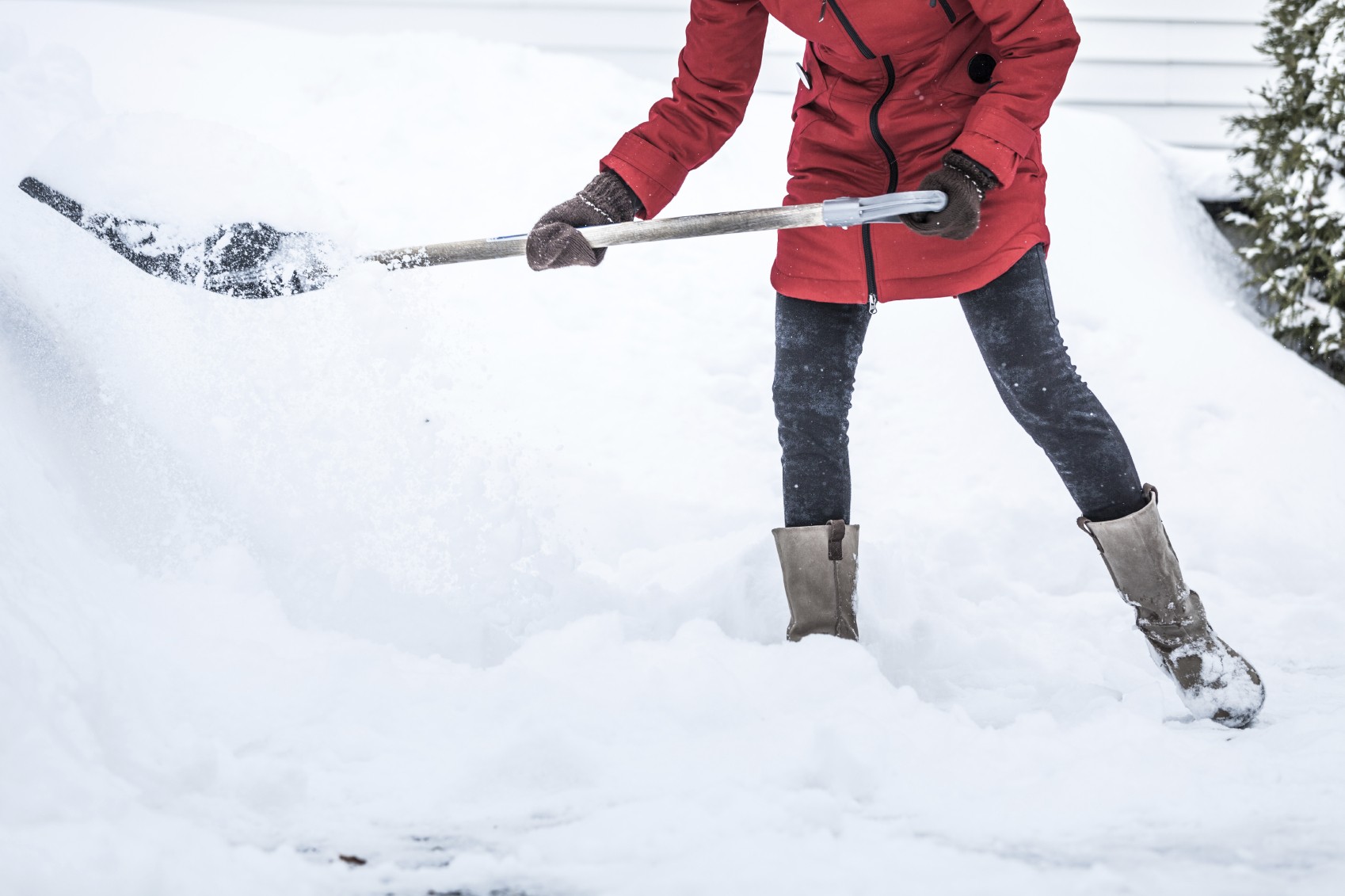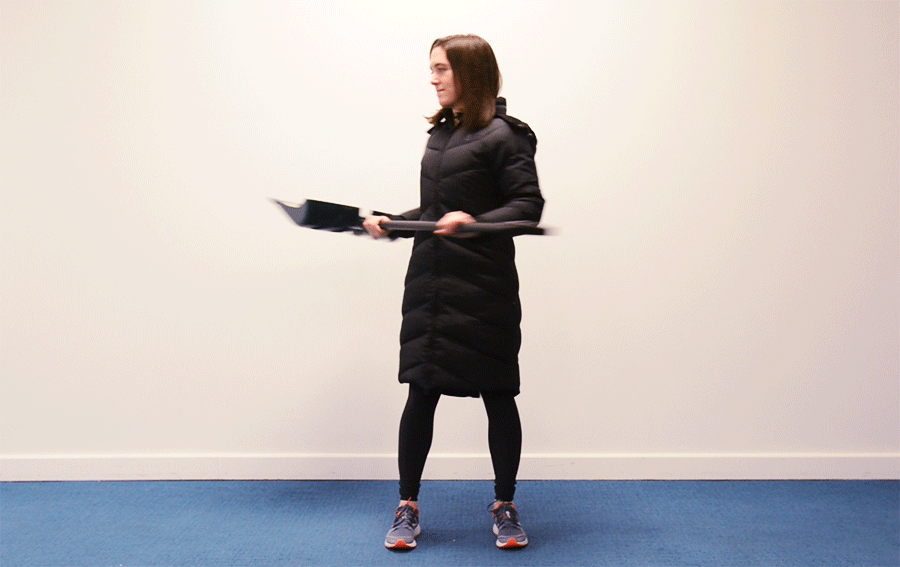Snow plowing is probably the most unpopular recreation, mainly because it is involuntary, since, unlike e.g. fitness, on days like today, we cannot skip it. But why pay entrance fees and classes, when you can use tearing for the ultimate training that will strengthen your biceps, triceps, abdominal and leg muscles. Suddenly tearing doesn't sound so bad anymore. Check out how to do it for a good workout.
Shoveling snow is a mandatory winter chore that few escape. And if you read our article How to become more charismatic, then you know that just with a different perspective, you can fall in love with what may be an annoying task for you. Look at it as training, not as a necessity. Take advantage shoveling snow to shed either extra pounds or gain weight training. Because if we approach the matter correctly, they will work left biceps and right triceps (or vice versa, if you are left-handed), because of squatting, because we have to keep a firm body (so that it does not bend and hide our back), and legs, and equally intensively abdominal muscles.
READ MORE: YouTube - your personal trainer
All this, of course, taking into account correct techniques. In America alone, nearly 12,000 people are injured annually by throwing. There is usually a back on the wallpaper. In order not to follow the path of the aforementioned, do not bend with your back (example below; see last picture, it's only for the most experienced) but squat and hold instead solid body. Lift the snow on the shovel with your legs (not your back) and turn the shovel with your whole body, not just by twisting the upper part. There is more below graphic display, how to turn tearing into a great workout.
Adapted from:
www.huffingtonpost.com











